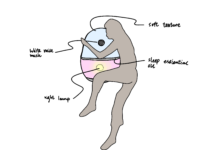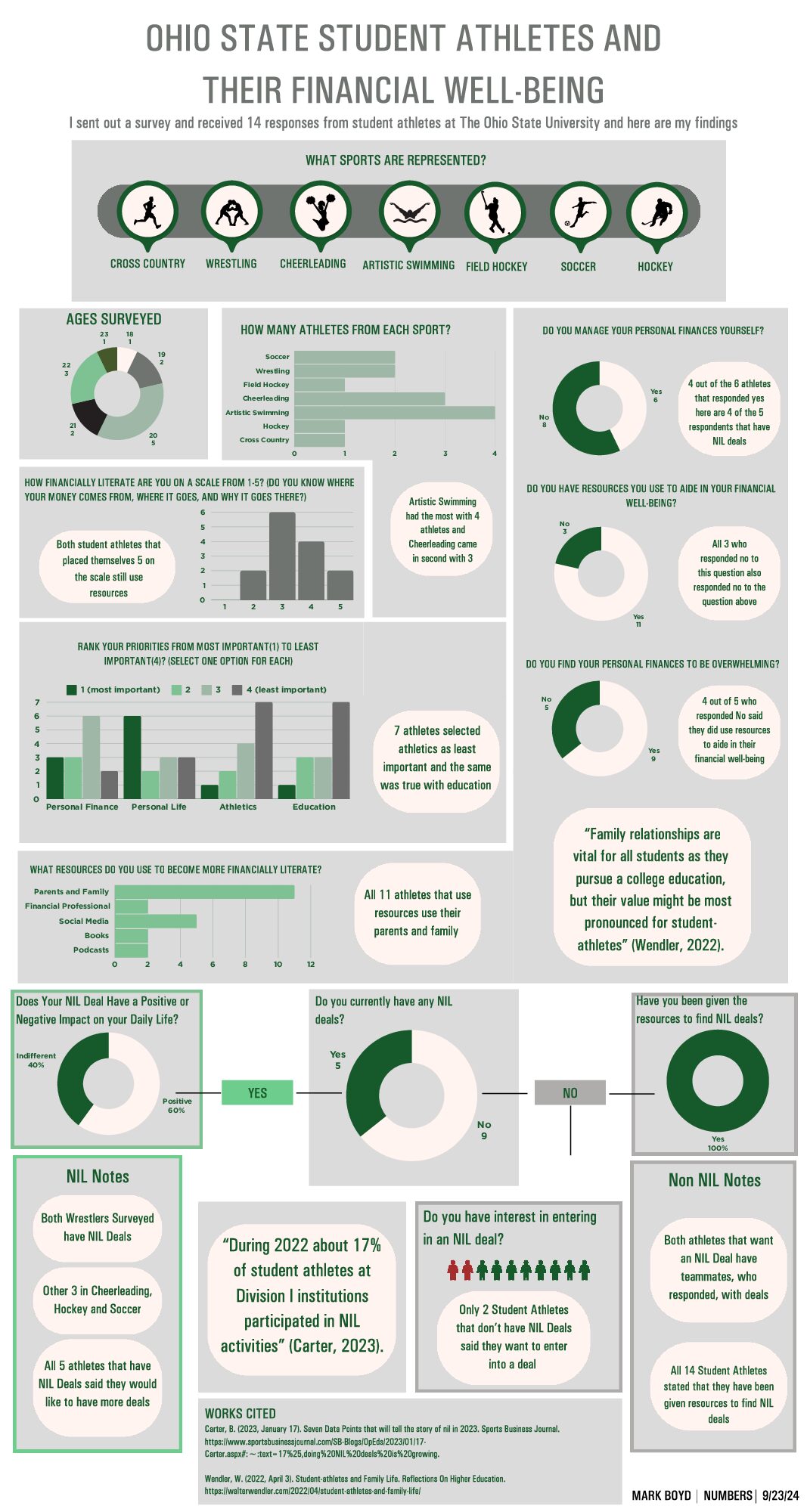This Executive Digest presents six different types of reality and virtual reality—(1) reality, (2) augmented reality, (3) virtual reality, (4) mixed reality, (5) augmented virtuality, and (6) virtuality—as part of our actual reality/virtual reality continuum. We then illustrate their differences using a common example and outline business applications for each type.
1. Yesterday’s imagination, today’s reality
Many of today’s technologies were first conceived of in science fiction, born from the ideas of futurologists who let their imaginations run wild and pictured what tomorrow might look like.
2. The actual reality/virtual reality continua
To understand our world in terms of various, alternative forms of reality, we turn to French philosopher Gilles Deleuze.
Deleuze (1966) described how our world consists of real and of possible constructs. Real constructs are either actual (e.g., physical objects we can touch, like a laptop) or virtual (e.g., virtual assistants like Siri or Alexa that are nowhere in actuality, but are nonetheless real and can be interacted with). Possible constructs, on the other hand, are exactly like the real except for the contingency that they do not, in fact, yet exist.

3. Actual reality continuum
The actual reality continuum deals with elements that exist or experiences that take place in the actual, material world around us.
Simply put, reality refers to the actual, physical world that exists and that we navigate every day—the people and objects around us that we experience with all of our senses.
Augmented reality (AR) refers to the integration of the actual world with digital information about it. Augmented reality uses technology to make such a layer of information accessible to people—to blend one’s perception of the actual world with digital content about it generated by computer software. The AR layers that are added can be sensory (e.g., sound, video, graphics, or haptics) or simply data based. In terms of business opportunities, AR applications can be used to change how today’s always-connected consumers work and shop.
4. Virtual reality continuum
Virtual reality (VR) refers to complete, 3-D virtual representations of the actual world or of objects within it.
In VR, users can interact with virtual environments; they can walk around a house and open doors and close the curtains and turn the lights on and off to simulate different scenarios. There are plenty of business applications for virtual reality. Education and training is just one field in which VR seems to offer nearly unlimited business opportunities.
Mixed reality (MR) refers to the merging of real world virtual constructs with computer-generated constructs that are either real or possible.
With respect to business applications, prototyping and design are areas in which firms are already realizing the benefits of MR. Mixed realities combine what is real and possible with what is actual and virtual.
5. From reality to virtuality—And back!
As we start to explore new and emerging realities and their implications for business, we have to keep two fundamental differences in mind.
First, following Deleuze, we separate what is real from what is possible and what is actual from what is virtual.
Second, we have to keep in mind that this separation of real and possible and actual and virtual should not be confused.
6. Beyond the holodeck
The main purpose of this short commentary was to prepare managers for the exciting growth and potential of reality-enhancing applications.
Reflexive Analysis
The technological dreams we had in the past are finally becoming a reality! However, the nuances of the differing types of reality are subtle but important – especially as a designer. Having a full grasp of the capabilities of virtual reality, augmented reality, and mixed reality can be a useful resource in the design process. IT circles are beginning to rely on these technologies, and with older executives not understanding these nuances and their potential applications, it could spell out disaster for business.
What does this say about the current hierarchy of business? Are dynamics shifting, or do the same traditional values echo throughout the same stagnant companies? How will these technologies impact businesses?
The worlds of VR, AR, and MR are not to be ignored if one wants to compete in the market. It would be nice to see companies adopting the tech, and maybe fund more research or incentivize their use.
Farshid, Mana, et al. "Go Boldly!" Business Horizons, vol. 61, no. 5, Sept. 2018, pp. 657-63. ScienceDirect, https://doi.org/10.1016/j.bushor.2018.05.009. Accessed 23 Sept. 2022.
https://www.sciencedirect.com/science/article/pii/S000768131830079X




